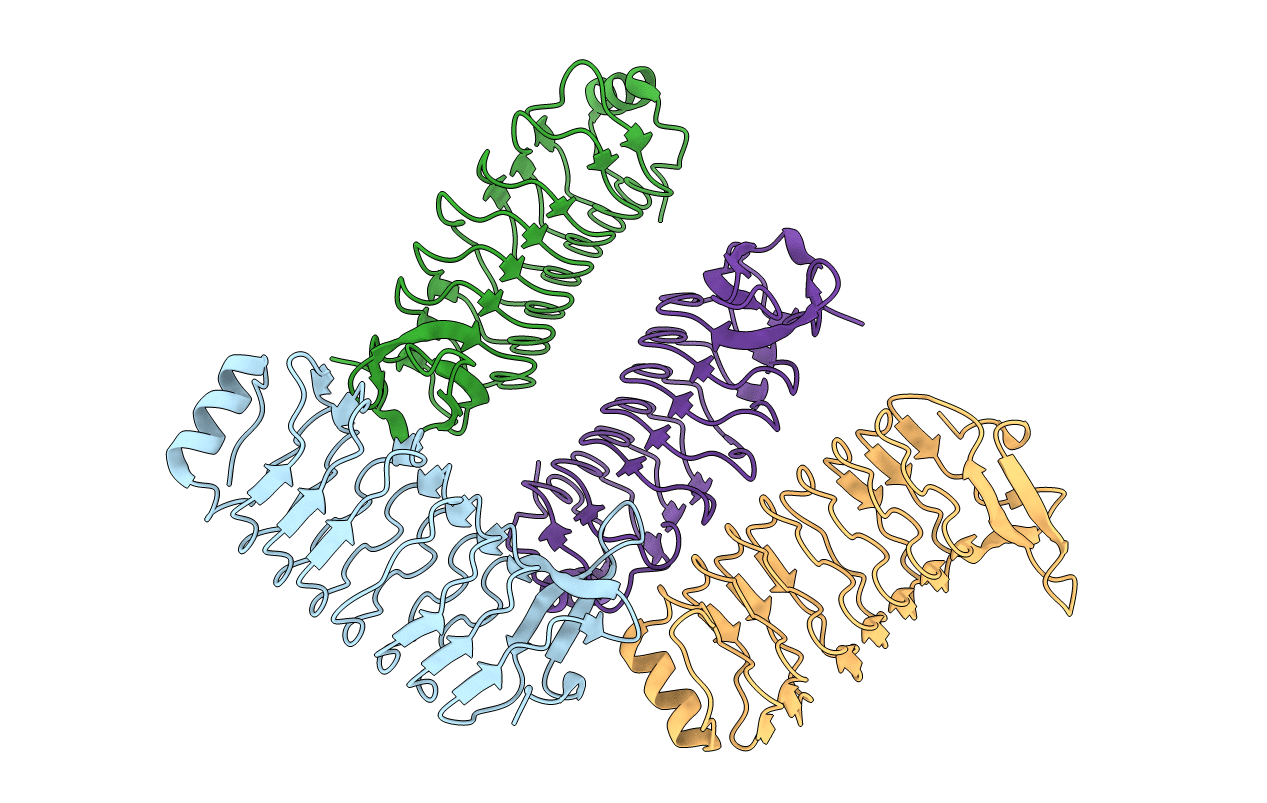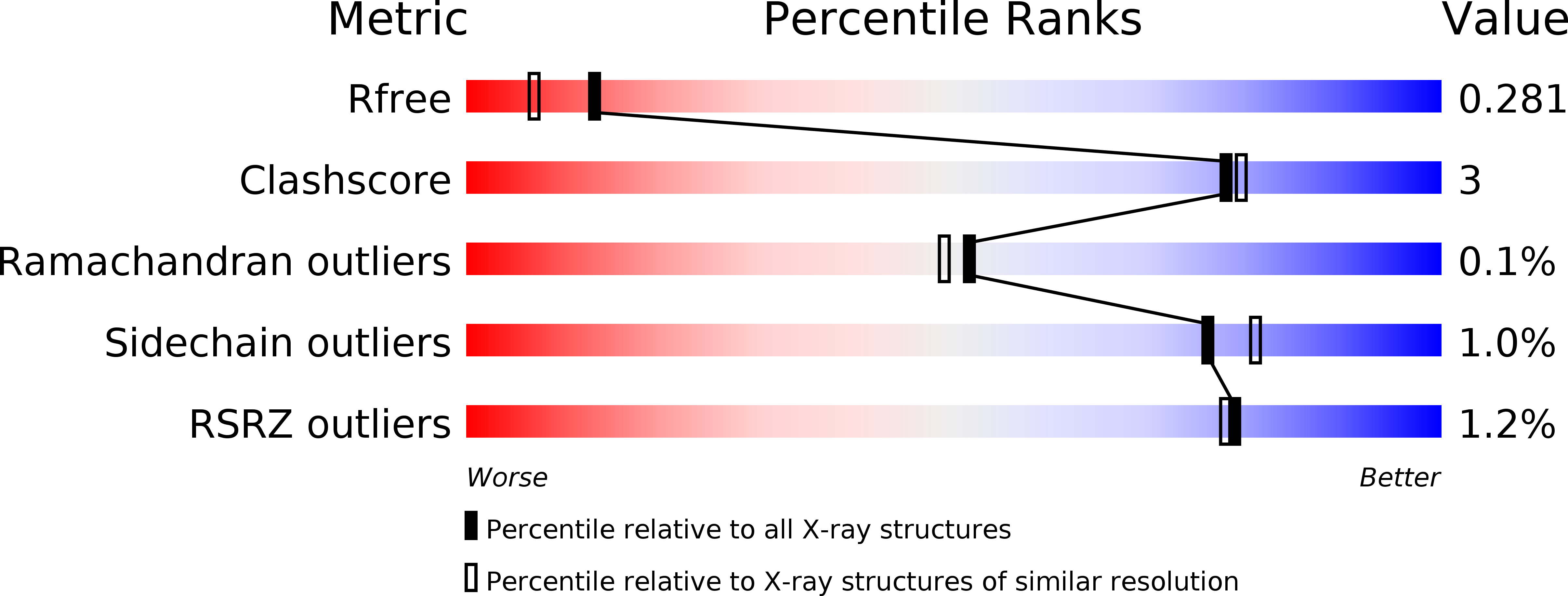
Deposition Date
2018-09-28
Release Date
2019-07-17
Last Version Date
2024-03-13
Entry Detail
PDB ID:
6MLX
Keywords:
Title:
Crystal structure of T. pallidum Leucine Rich Repeat protein (TpLRR)
Biological Source:
Source Organism:
Treponema pallidum (Taxon ID: 160)
Host Organism:
Method Details:
Experimental Method:
Resolution:
2.00 Å
R-Value Free:
0.28
R-Value Work:
0.23
R-Value Observed:
0.23
Space Group:
P 43 21 2


